They may have been the ‘terrible lizards’, but even the most terrifying dinosaurs could have had a softer side when it came to putting in time and effort for their young.

A model of an Orodromeus nest with eggs and hatchlings. These dinosaurs lived during the Late Cretaceous Period, around 74 million years ago.
For millions of years, parents across the animal kingdom have cared for their eggs and young, providing both time and resources, sometimes to their own detriment. Dinosaurs were no exception.
Becky Lakin, a PhD student who is studying the evolution of parental care in dinosaurs, explains what nests and fossilised eggs can tell us about the parental instincts of dinosaurs, and how that knowledge could help us today.
Oldest dinosaur eggs
The oldest dinosaur eggs currently known to science are around 230 million years old, from the Late Triassic.
But duck-billed Maiasaura, a name that means ‘good mother lizard’, is one of the best-known examples of parental behaviour. These Late Cretaceous dinosaurs, which lived around 80 to 75 million years ago, are thought to have nested in large colonies. The parents may have extensively provided food and protection for their hatchlings, although this idea is still debated.
However, they are not the only example of parental care in dinosaurs.

Maiasaura is one of the most famous examples of dinosaur nests and parental behaviour. This is a model of what a nest with eggs and hatchlings might have looked like.
Meet ‘Big Mama’
Oviraptorids were a family of theropod dinosaurs that lived during the Late Cretaceous Period, about 85 to 66 million years ago.
Oviraptor, whose name is derived from the Latin for ‘egg thieves’, was first discovered in the 1920s in association with eggs that were thought to be of the small ceratopsian dinosaur, Protoceratops. Based on this find, scientists thought that Oviraptor may have stolen and eaten other dinosaur's eggs.
But it has now been confirmed that the eggs actually belonged to Oviraptor. There is no other evidence that it stole eggs - in fact, oviraptorids show substantial evidence of putting their lives on the line for their young.
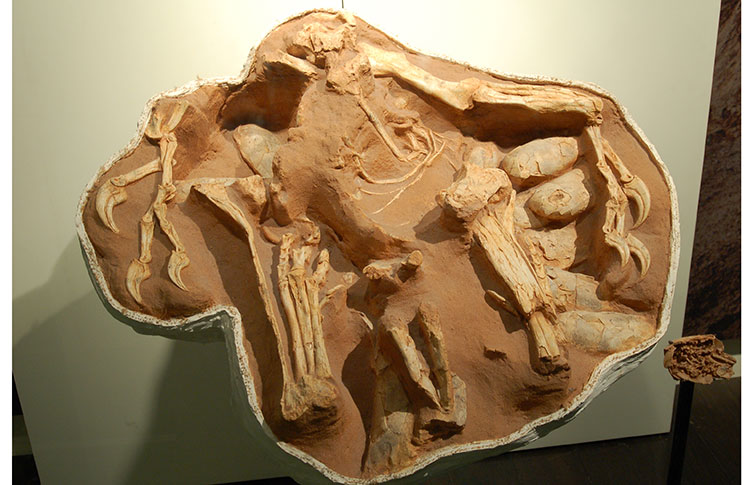
The Citipati osmolskae fossil dubbed ‘Big Mama’ was a discovery that provided substantial evidence for how dinosaurs behaved with their eggs. Image © Dinoguy2 via Wikimedia Commons, licensed under CC SA 1.0
‘Big Mama’ is a 75-million-year-old oviraptorid that was uncovered brooding on - meaning sitting on top of - a nest of eggs. The Mongolian dinosaur was revealed to the world in 1995 and named as Citipati in 2001.
‘This kind of fossil is very rare. It’s what we call a “smoking gun” fossil,’ explains Becky.
‘The dinosaur was caught in the act, curled up on its nest. It could have been caught up in a sandstorm or a mudslide and was buried with its eggs - that is definitely protective behaviour to the detriment of the parent.’
Dinosaur fossils are rare, and egg finds even more so. Nests weren’t often likely to be built in areas that make for good preservation conditions.
‘It was only when there were things like mudslides that they would get caught up,’ says Becky. ‘But then it would usually be out of the breeding season and the nest would already have been abandoned. Finding an active nest is very rare.’

A cast of a juvenile Maiasaura. Some palaeontologists believe that these dinosaurs relied heavily on their parents for food and protection when they hatched. Image © Daderot via Wikimedia Commons, licensed under CC0 1.0
Embryonic bones are extremely uncommon finds. These are unhatched dinosaur eggs that were buried and fossilised. Even if there is no adult associated with a nest, the embryo allows us to infer what dinosaur the nest belonged to.
Finding nests with juvenile dinosaur bones, such as in the proposed Maiasaura nesting colonies in Montana, suggests that the hatchlings were cared for by a parent.
Was Allosaurus a fiercely protective parent?
Allosaurus was a large meat-eating dinosaur from the Jurassic Period, living about 156 to 144 million years ago. It is thought to have been a fierce predator that preyed on large animals such as Stegosaurus. It was possibly also a protective parent.
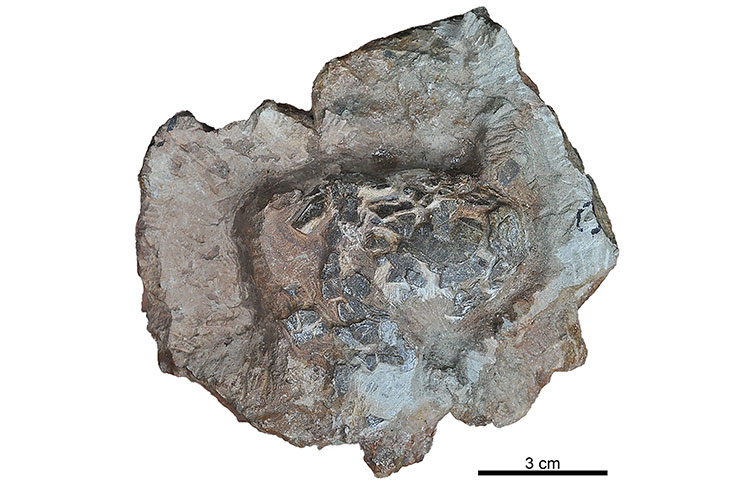
This fossilised egg of the oogenus Krokolithes from the Late Jurassic Period, is from a clutch of the oldest known crocodylomorph eggs. They were found alongside the eggs of a theropod dinosaur. Image © João Russo, Octávio Mateus, Marco Marzola, Ausenda Balbino via Wikimedia Commons, licensed under CC BY 2.5
‘There’s a site in Portugal of a possible Allosaurus nest containing around 20 eggs and alongside them were some crocodilian eggs called Krokolithes. You could tell them apart as the dinosaur eggs are bigger and more torpedo-shaped,’ says Becky.
‘It’s possible that it could have been a form of nest parasitism, where the female crocodile laid her eggs in the dinosaur nest and then slipped back into the water. What better way to guard your nest than with a protective mother Allosaurus?’
The number of eggs in a dinosaur nest depended on the species. Allosaurus and other theropods are thought to have laid between 10 and 20, whereas sauropods invested less per egg, sometimes laying up to 100 per nest.

Allosaurus was a fierce dinosaur and at the top of the food chain during the Late Jurassic. Image © Fred Wierum via Wikimedia Commons, licensed under CC BY-SA 3.0
How did dinosaurs incubate their eggs?
In living archosaurs - birds and crocodilians - there are generally two types of nest. Some animals cover their nests entirely and leave them. Others, including the majority of living birds, leave their nests open and incubate the eggs by brooding. These tactics are thought to have been similar for dinosaurs.
When looked at under a microscope, fossilised eggs that are more porous are thought more likely to have been intentionally buried by the parent. This burial strategy is mostly seen in modern reptiles as well as megapodes - also known as incubator birds - such as the Australian brush turkey.
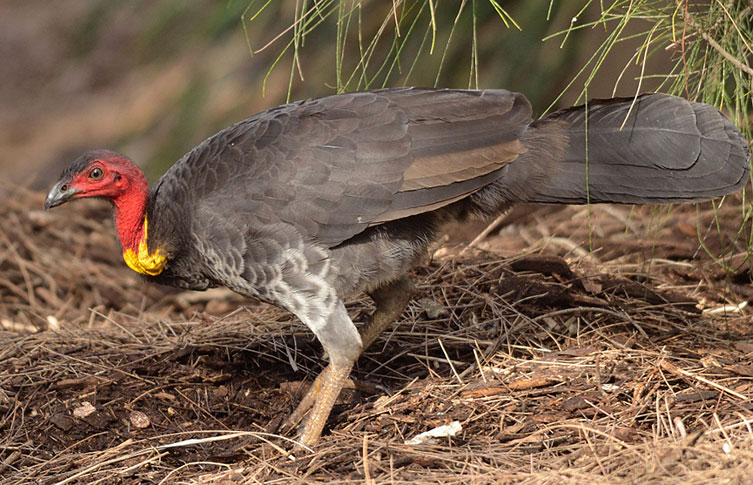
The Australian brush turkey is a megapode and intentionally buries its eggs in volcanically heated soil to incubate them. Image © James Niland via Flickr, licensed under CC BY 2.0
Emu-sized Citipati appears, based on the ‘Big Mama’ fossil, to have incubated its eggs by brooding. But some bird-like dinosaurs, such as Gigantoraptor, may have weighed over an estimated 1,000 kilogrammes. Palaeontologists have looked at how larger dinosaurs prevented damage by crushing, and the arrangement of eggs in the nest could be a major clue.
By laying their eggs in a ring around themselves, heavier dinosaurs could incubate their eggs without having to directly sit on them. Smaller dinosaurs may have left smaller or no gaps in the middle of their nests.

A clutch of fossilised dinosaur eggs, possibly belonging to Citipati, based on the number and arrangement of them. These eggs are around 80 to 85 million years old.
What can modern birds tell us about dinosaur parents?
But if you can’t tell what dinosaur laid the eggs, how much use are they to palaeontologists?
Becky says, ‘Nests without adults are really helpful. It’s much more common for us to find nests from dinosaurs that didn't care for the eggs. If there are no adults or embryos then they are assigned to an ootaxon.’
Ootaxa are a way of classifying eggs when there is no way of determining what species they belong to. For dinosaur egg fossils, Megaloolithus is one such grouping. These are large, football-shaped eggs that are usually assigned to a sauropod parent.
Palaeontologists can also look at dinosaurs’ modern-day relatives - birds - for theories on ancient reptile behaviour.
‘We can use modern ecology, the nest sites of modern ground-nesting birds like pelicans and gulls. From a seagull colony, when the adults and babies have left, that can inform about dinosaur eggs and give an insight into dinosaur behaviour.’
‘For example, if there are prey items near the nest, that suggests that adults would have been bringing food back to the nest to feed the babies.’
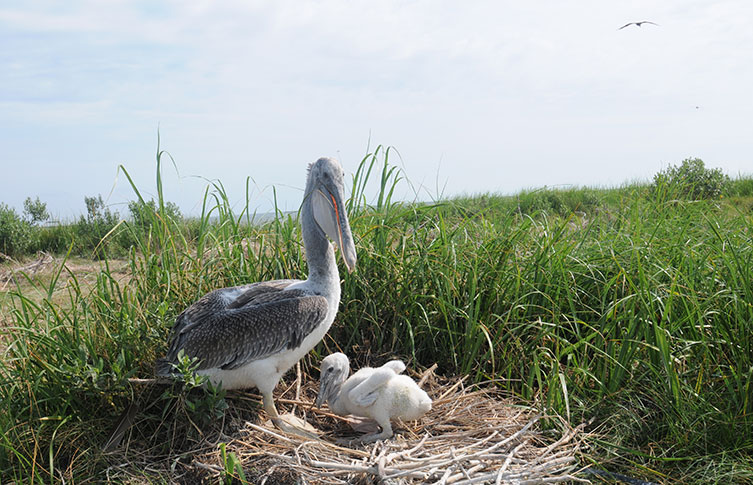
Scientists can use the nesting behaviour of modern birds to get an impression of what dinosaurs’ might have looked like and how adults interacted with their young. Image by Pete McGowan/USFWS via Flickr, public domain.
But studying parental care behaviour in dinosaurs is a relatively new and challenging field.
Becky says, ‘Looking at dinosaur behaviour in general is not particularly old. Fossils are rare and having more would help, but it is difficult to study behaviour without a living animal.’
‘I’m sure there are people who would question why it matters. But parental care in dinosaurs matters in an ecological sense. It can show how behaviour changes in response to climate changes and other events. That could show us how behaviour could change today and tell us if there are animals that we need to be looking at protecting now.’

Discover dinosaurs
Find out what Museum scientists are revealing about how dinosaurs looked, lived and behaved.

What on Earth?
Just how weird can the natural world be?
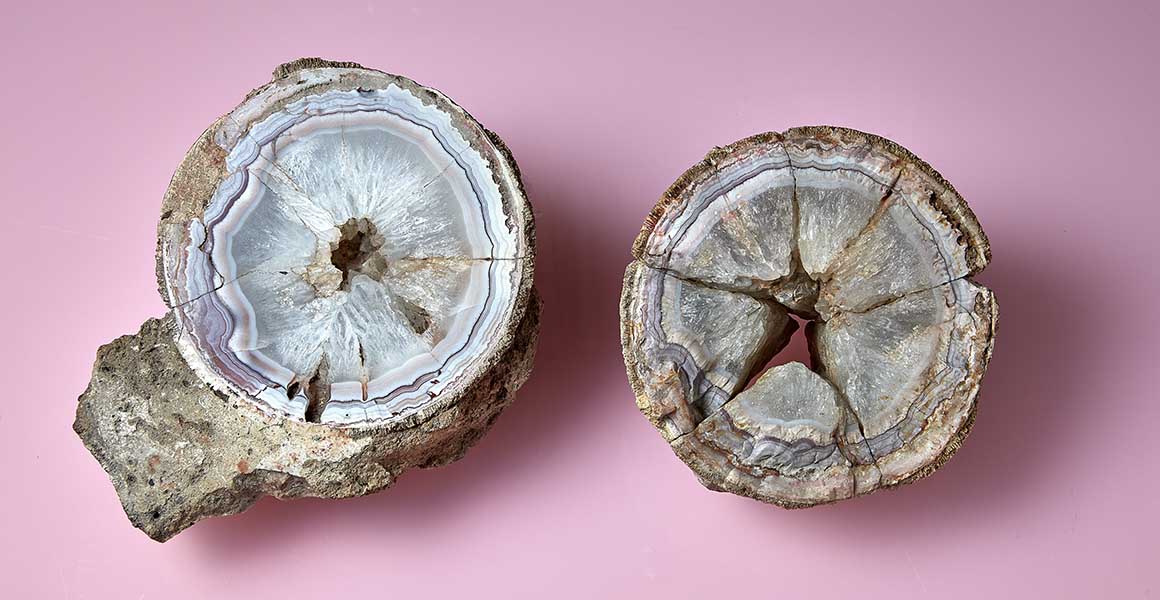


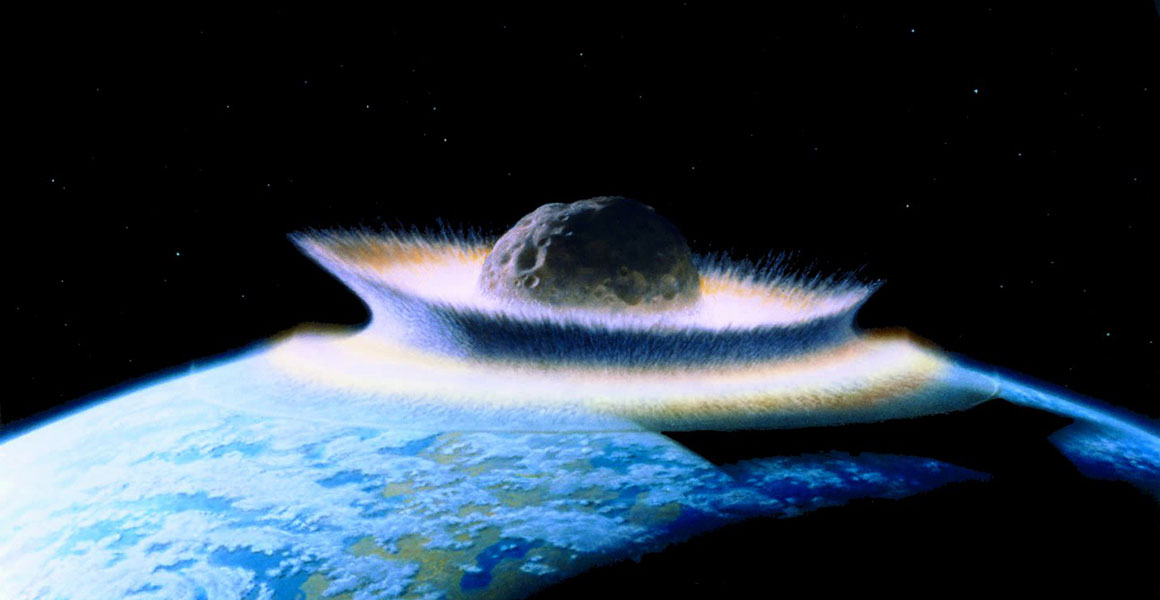
Don't miss a thing
Receive email updates about our news, science, exhibitions, events, products, services and fundraising activities. We may occasionally include third-party content from our corporate partners and other museums. We will not share your personal details with these third parties. You must be over the age of 13. Privacy notice.
Follow us on social media